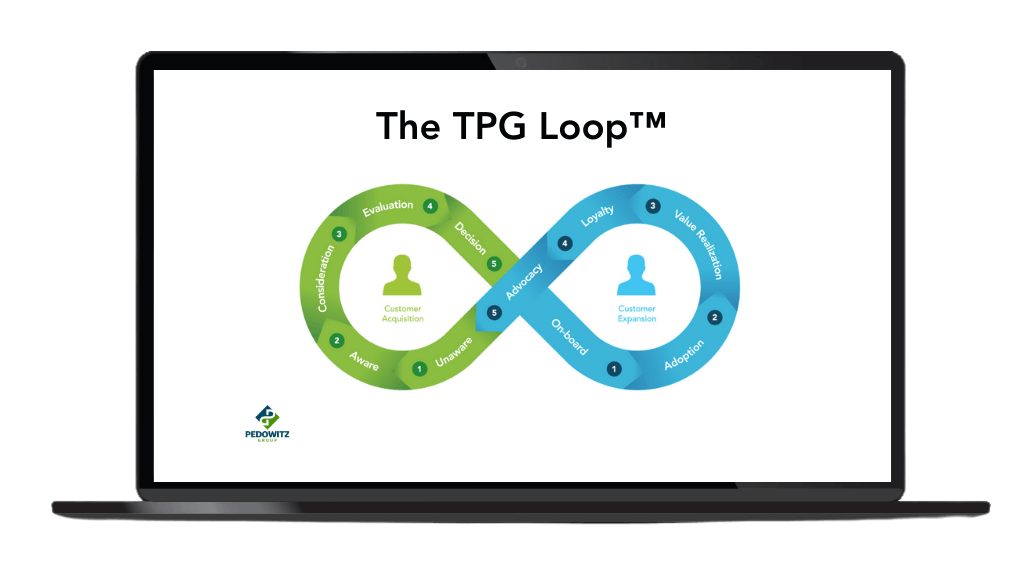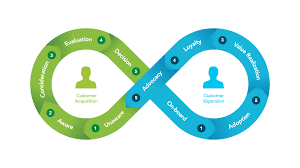How Do Feedback Loops Operate Differently in TPG vs. HubSpot Models?
Compare HubSpot’s Loop—built for rapid marketing iteration—with TPG’s cross-team operating cadence that ties signals to SLAs, handoffs, and one revenue scorecard.
**HubSpot’s feedback loop** accelerates learning for marketers—ship content, read engagement, and iterate through stages like Express→Tailor→Amplify→Evolve. **TPG’s loop** operates as a company-wide cadence: capture signals from marketing, sales, and service, enforce SLA-based handoffs, and act via cross-hub workflows—then review a single scorecard in a revenue council. In short, HubSpot optimizes campaigns; TPG operationalizes revenue decisions.
Visualizing the Loops


Key Differences at a Glance
Feedback Loops: Side-by-Side
| Dimension | HubSpot Loop | TPG Loop | How They Combine |
|---|---|---|---|
| Primary goal | Faster marketing learning and scale | Company-wide revenue decisions and execution | Use HubSpot for creative/channel iteration; TPG for cross-team actions |
| Data inputs | Opens, clicks, visits, conversion by channel | Marketing + pipeline, stage velocity, win/loss, ticket/CSAT | Marketing signals inform pipeline plays and onboarding changes |
| Triggering events | Campaign performance shifts | Threshold breaches (SLA misses, stuck stages, churn risk) | Thresholds start workflows and enable escalation |
| Owners | Marketing team | Cross-functional revenue council | Marketing owns tests; council prioritizes multi-team actions |
| Artifacts | Briefs, assets, audiences, budget changes | Definitions, SLAs, playbooks, dashboards, enablement | Assets map to definitions and playbooks to prevent drift |
| Systems & automation | HubSpot campaigns, emails, ads, A/B | Cross-hub workflows, ticket creation, alerts, QA dashboards | Campaign → Deal → Onboarding automation lives in HubSpot |
| Success metrics | Engagement lift, CPL/CAC by channel | Pipeline contribution, velocity, win rate, expansion, CSAT | Tie channel gains to pipeline & retention impact |
From Channel Learnings to Revenue Decisions
HubSpot’s feedback loop is built for speed. Teams publish content, read engagement signals, and iterate through stages (Express, Tailor, Amplify, Evolve). The emphasis is creative and channel efficiency—finding messages that resonate and scaling their reach with attribution that shows which programs are working.
TPG’s loop widens the aperture. It blends marketing signals with selling and service realities: stalled deals, stage-to-stage drop-offs, renewal risks, and ticket themes. These signals roll into an operating cadence—SLA timers, recycle rules, playbook updates, and workflow changes that touch Marketing, Sales, and Service—so improvements show up in pipeline, velocity, and retention.
The best practice is to run both in tandem. Use HubSpot’s loop to create rapid campaign learning, then route insights into TPG’s governance for cross-team action. Maintain a single revenue scorecard and a weekly revenue council so tests, budgets, and enablement stay aligned to outcomes leaders care about.
Frequently Asked Questions
Turn Signals into Revenue Results
We’ll wire your HubSpot loop for rapid learning and implement TPG’s governance—SLAs, workflows, and a single scorecard—so improvements stick across teams.
Contact Us